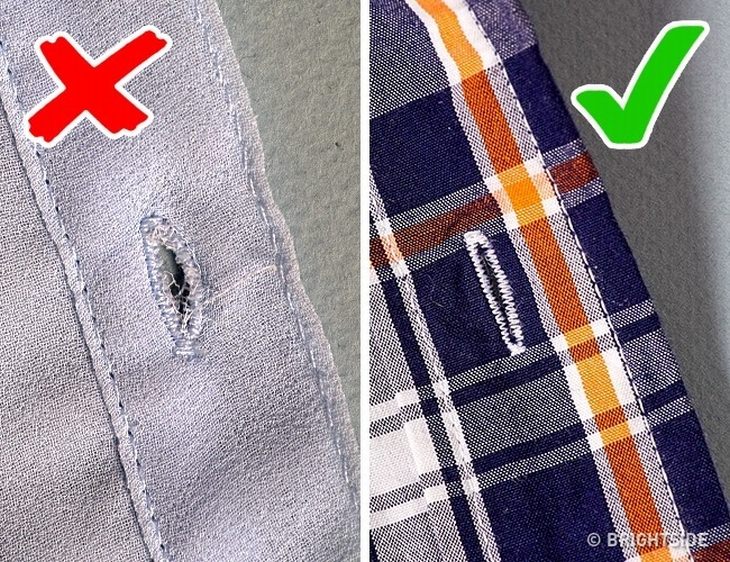Have you ever noticed that the clothes we buy have become easily accessible and relatively affordable? We tend to purchase them quite frequently. However, it's important to remember that not all fabrics are created equal. The quality of a fabric can greatly impact the comfort, durability, and cost of clothing. So, what should you look out for when buying new clothes or bedding? Does 100% cotton guarantee better quality? And what about the seams, buttons, and zippers of the garments you're considering? In this article, we'll discuss the difference between natural and synthetic fabrics, as well as provide you with 9 essential tips for evaluating the quality, composition, and comfort of fabrics. Stay tuned for all the details!
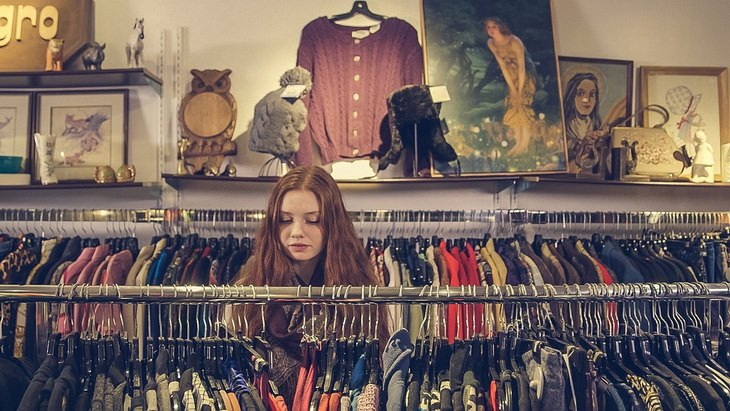
Natural vs. Synthetic fabrics
Many individuals have a preference for fabrics that are derived from nature, sourced from animals and plants like cotton, wool, linen, or silk. These fabrics, often referred to as "breathable fabrics," provide a pleasant and airy feel to the body, which is particularly advantageous in the summer when air circulation through clothing is essential. However, they do have drawbacks, such as a tendency to wrinkle and shrink, as well as being more expensive. On the other hand, synthetic fabrics like polyester, acrylic, Lycra, and poly-viscose (rayon) are manufactured from materials such as plastics, wood fibers, and petrochemicals. They offer superior wrinkle resistance, stretchability, and cost-effectiveness. Nevertheless, synthetic fabrics are generally less comfortable for the body and tend to retain heat, making them less ideal in terms of comfort.
Is 100% cotton an indicator of high quality?
When examining the label on a garment and discovering that it is made of 100% cotton, it does not necessarily mean that the garment is of the utmost quality. The quality of cotton can vary depending on the level of fabric fibers and their density. Fabrics with a high thread density per inch, typically found in bedding and towel packaging, indicate a durable, opaque, and pleasant-to-touch product.
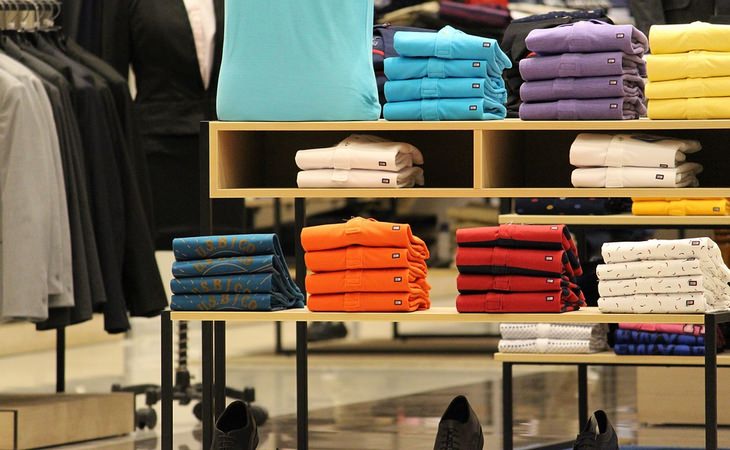
Here are some key points to consider when purchasing a new garment:
Firstly, it is important to physically feel the fabric before making a purchase. Don't hesitate to touch the garment and look for fabrics that feel soft and smooth. Remember, the weight of the fabric does not determine its quality, but rather its level of compression. You can test this by holding the garment up to a light source and observing the density of the threads. In conclusion, remember to rely on your sense of touch when evaluating fabric quality.
1. Determine the risk of 'wrinkles'
To determine the fabric's susceptibility to wrinkles, assess its level of wrinkling by gently squeezing it with your hands. If the fabric appears crumpled after releasing your grip, it may have been treated with a starch-like substance to maintain its shape. This doesn't necessarily indicate poor quality; in fact, it often suggests a natural fabric that is more prone to wrinkling. However, since this rule isn't absolute and there are fabrics made of 100% cotton or other natural materials that retain their shape well, it's advisable to perform this "crushing test" in the store before purchasing the garment. This way, you can evaluate its reaction and avoid being burdened with excessive ironing..

2. Inspect the stitching of the fabric for density and thickness.
The way the fabric is sewn plays a significant role in how a garment looks and how long it will last. It also provides insights into its overall quality. When examining a garment in a store, gently stretch the fabric on both sides of the seam and assess its density and thickness. If you notice any gaps in the seam, it's likely that the sewing is not of high quality, which means the garment might not be either. If you're considering investing in a relatively expensive garment that you want to keep for years, we recommend passing on it if you come across such issues.
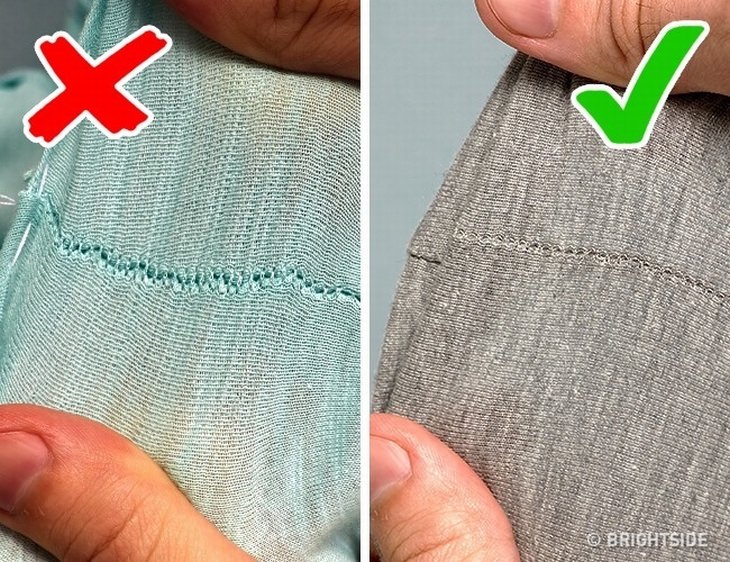
3. Prefer a hidden zipper
Additionally, it is preferable to choose a garment with a hidden zipper. Having a broken zipper on a beloved garment can be incredibly frustrating. If you don't want to part ways with the item, your options are either taking it to a tailor for zipper replacement or wearing it with a non-functional zipper. To prevent such situations, it's helpful to inspect the zipper while you're at the clothing store, opening and closing it frequently. Hidden zippers, which are mostly concealed under the fabric's hem, tend to be more protected against getting stuck and are usually pricier. By the way, when it comes to jumpsuits, it's wise to choose one with a durable and easily accessible front zipper, so you can quickly remove it when nature calls.
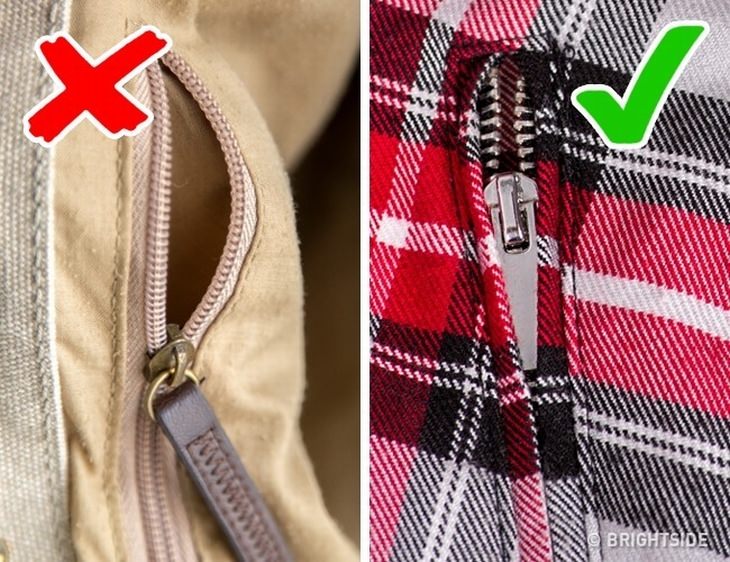
4. Check the hem
The hem is an essential element of any garment, contributing to its polished appearance and long-lasting durability. For skirts, pants, and shirts, a well-executed hem should measure between 1-4 centimeters in height. In the case of jeans, a unique and original seam adds to the overall appeal. If a garment lacks a proper hem or only features a seam, it is likely indicative of a cheap and poorly made item, which is reflected in its sloppy appearance.

5. Assess the fabric's elasticity.
A quality fabric is one that maintains its shape over time. There are various fabrics that combine stretchy fibers like lycra, providing flexibility and comfort when worn. Such fabrics allow us to move freely, even after a satisfying meal or slight weight gain. However, it is important to ensure that the fabric contains enough lycra and is of good quality, allowing it to regain its original shape after repeated stretching. The higher the fabric's elasticity, the better it will retain its shape and compression over time.
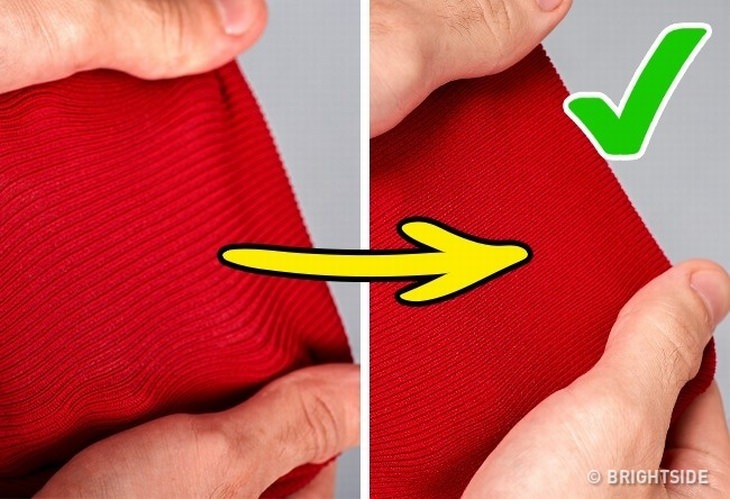
6. Ensure that the zipper matches both in height and color.
When it comes to the zippers we use on clothing like dresses and skirts, it's important that they are equal in length. A high-quality zipper that is sewn onto good fabric and doesn't get stuck should have equal lengths on both sides. It's also preferable for the zipper to match the color of the garment for aesthetic reasons. If you ever encounter a stubborn zipper that refuses to move, try running a simple school crayon along the teeth. You'll be amazed at how this simple trick can get the zipper back to functioning properly. Additionally, don't forget to check the label for any specific care instructions or guidelines.
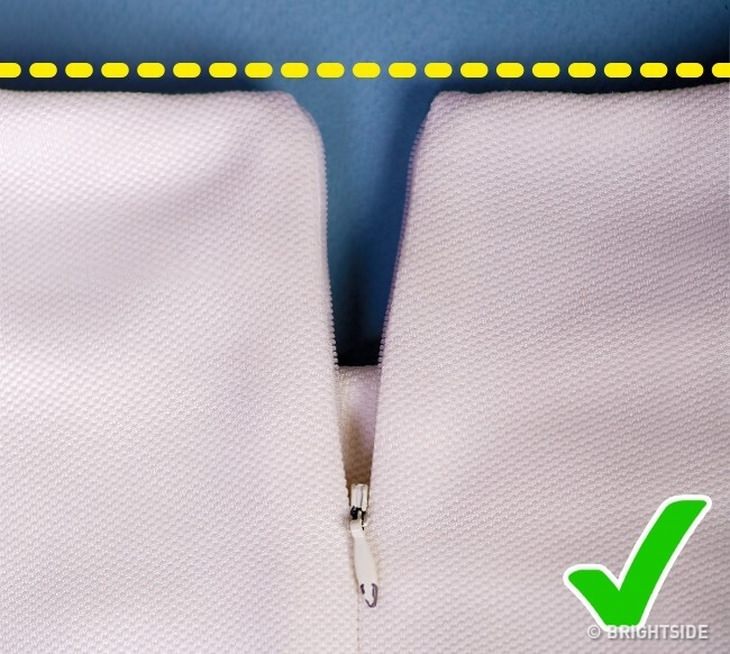
7. Check the label
To avoid fabric shrinkage and wrinkling, a possible solution is to choose clothing made from a mix of natural and synthetic fibers in varying ratios. It is important to check the fabric composition on the garment label, with a recommended combination of synthetic fabrics ranging from 5% to 30%. However, it is worth noting that this combination may cause the fabric to deform differently during drying. If unsure, it is advisable to opt for a trusted company or brand that has consistently provided satisfactory products.
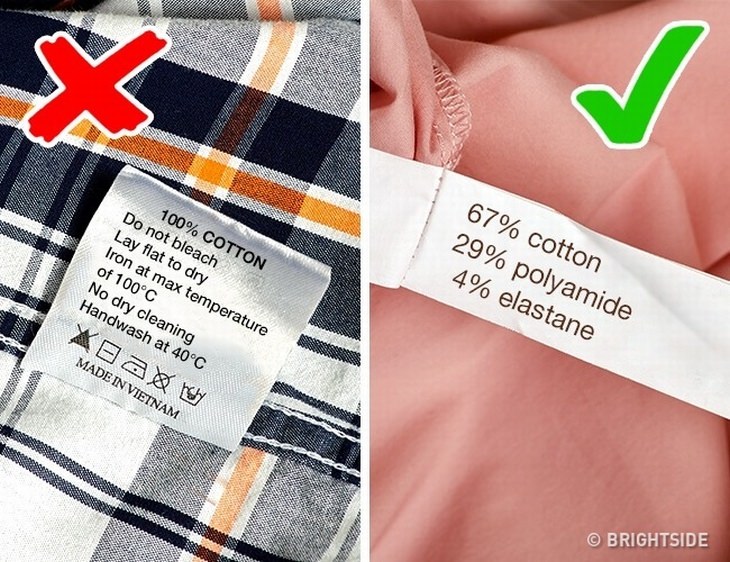
8. check the fit of the strings before making a purchase.
If you're planning to buy a garment that costs more than a few tens of dollars, it's important to closely inspect the patterns and stitching on it. If a pattern doesn't continue seamlessly after the seam or if there are different colored threads visible in the fabric, these are signs that the item may have been hastily made and the manufacturer didn't prioritize quality. Keep in mind that many clothes are produced in the Far East under challenging conditions and at low costs. We need to understand that there is a trade-off for the affordability we're accustomed to.
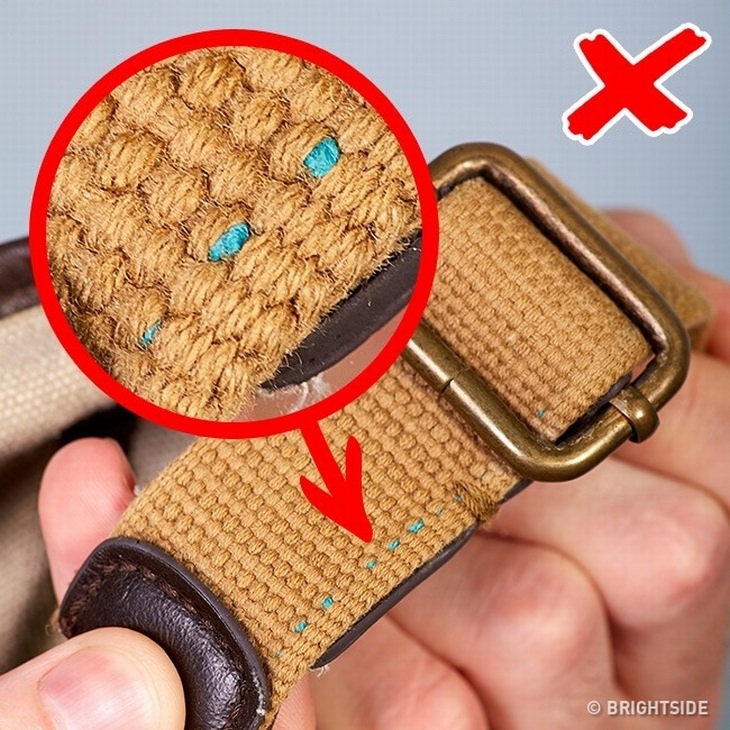
9. Take note of the buttons.
The attention to small details in clothing and fashion manufacturing directly impacts the overall quality of the garment. An excellent example of this can be seen in companies that provide a replacement button with their clothes, which is often attached to the price tag. When evaluating a garment with buttons, it's important to take the time to open and close each one to ensure none are missing and that they function smoothly. Additionally, the buttonhole should have a secure overlock stitch without any loose threads, and its size should match the button's diameter.











